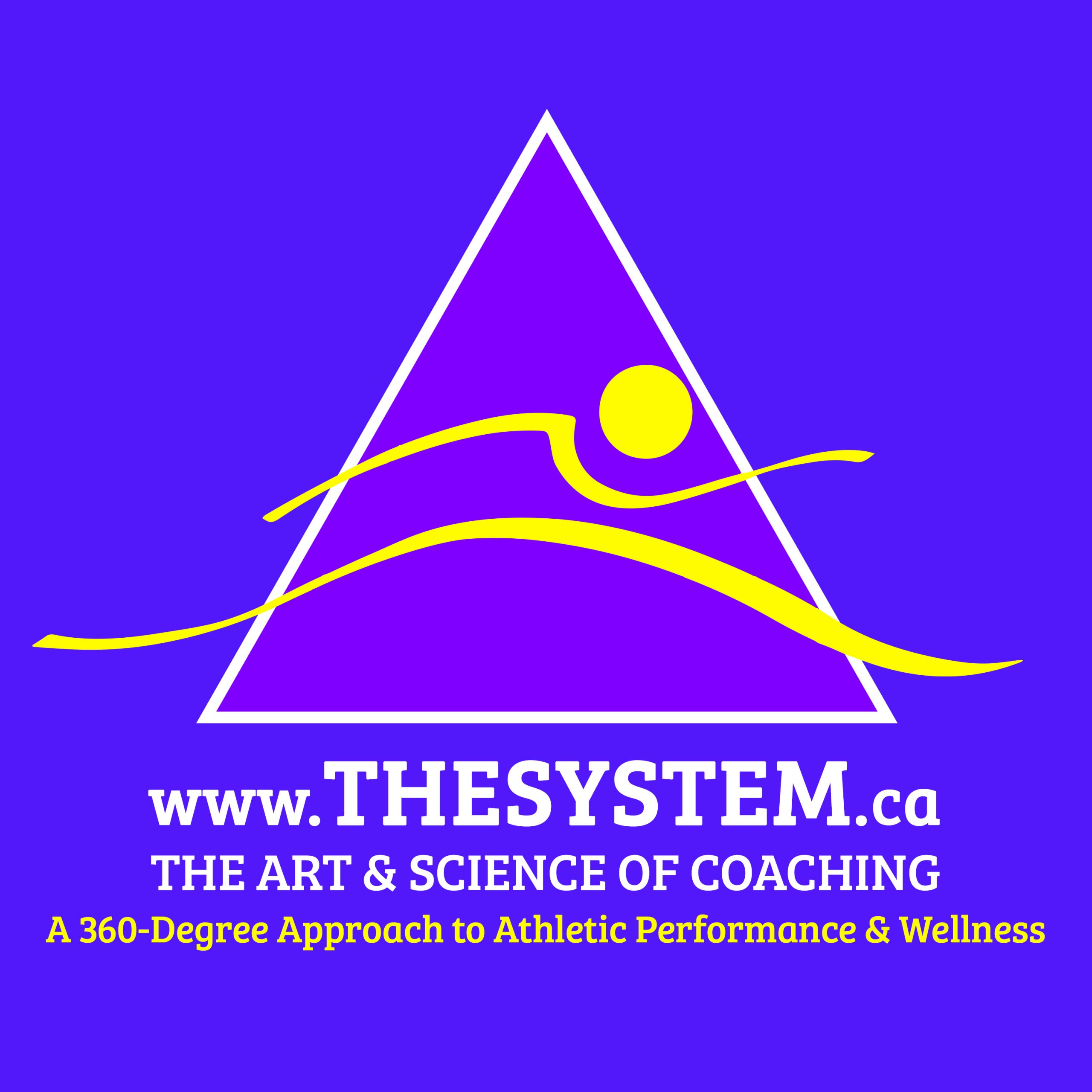It just boggles us to find that a majority of athletes continue to train with muscles (both organ and skeletal muscles) that feel like “rocks.” The result is often either poor performance or chronic injury, or even worse, acute injury. When the muscles feel ‘Rock hard’, it signifies, first off, that the CNS system is ‘shutting down’ or in a state of protective inhibition, thus causing the muscles to become spasm-ed (a survival mechanism to allow the athlete to continue to work), due to continued external demands placed on the organism.
“The definition of stupidity: doing the same thing over and over again, and failing, but still expecting different results”
Sprinting and/or Maximum Strength Training requires the CNS, in particular the Motor Neuron, to fire at an extremely high rate. As such it can become depleted quite rapidly, requiring up to 5 to 7 (10) times longer to replenish itself vs. skeletal muscle. Some speculate stress induced Ammonia production, passing through the blood-brain barrier, having some affect on CNS activity. Thus impulses from the brain to the muscle reduce and become un-coordinated, resulting in decreased firing rate, decreased force production and decreased intra-muscle fiber co-ordination.
The application of appropriate Regeneration and conditioning methods cause the organism to adapt via several mechanisms:
1) Tolerance to more metabolic waste products and maintaining a greater work output
2) Faster clearance of metabolic waste products
3) The ability to qualitatively tolerate more fatigue “i.e. the athlete can tolerate more physical discomfort”
4) The ability to remain “loose” despite producing a large amount of force”
CNS fatigue exists for a number of possible reasons:
1) A sudden increase in high intensity training volume during a session
2) A sudden increase in the number of similar sessions as in 1)
3) A sudden increase in high intensity training, meanwhile fatigue that was accumulated from previous training sessions was not adequately dealt with via regenerative means. 786
4) Not applying any regenerative methods
Some of the symptoms associated with CNS Fatigue are:
– Eye lid twitches
– Inability to concentrate
– Inability to feel rested even though the athlete had ‘slept’ for 8 to 10 hours (i.e. no / not enough R.E.M. sleep and a very short duration in this sleep phase)
– Muscle spasms, twitches, too much muscle tone …”rock muscles”
– Mouth and throat infections
A failure by the coach / athlete to recognize any of these symptoms to varying degrees after achieving a significant performance milestone, will result in initial high performance, but soon after, the athlete will no longer be able to perform at equal to or greater than their previous Personal Best.
There are many qualitative aspects to those responsible to conditioning, therefore it is vital that the coach / athlete not let quantitative monitoring results (i.e. lab tests, etc…) merely re-confirm what the athlete already knew qualitatively.
“Quality can be used to describe Quantity, but Quantity can not be used to describe Quality”



